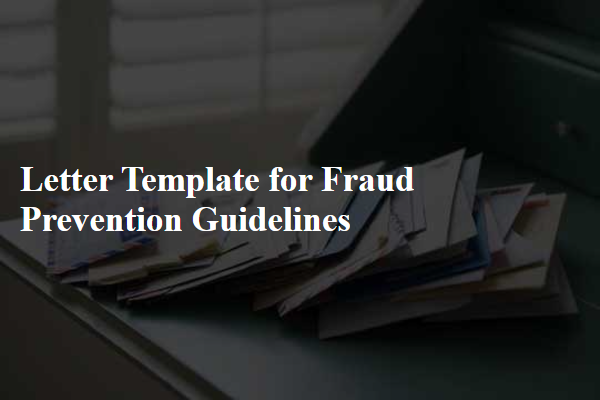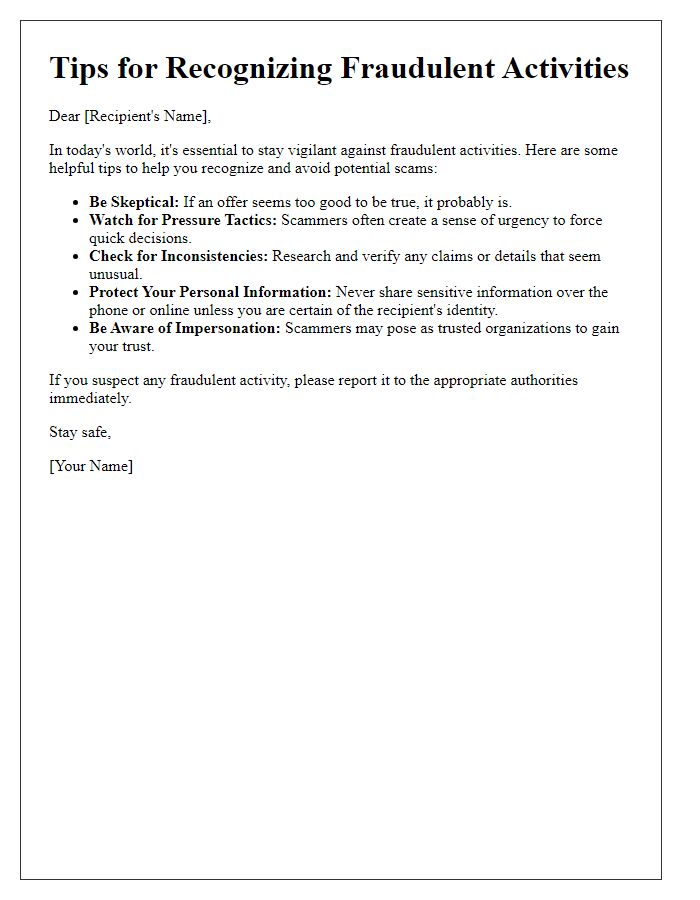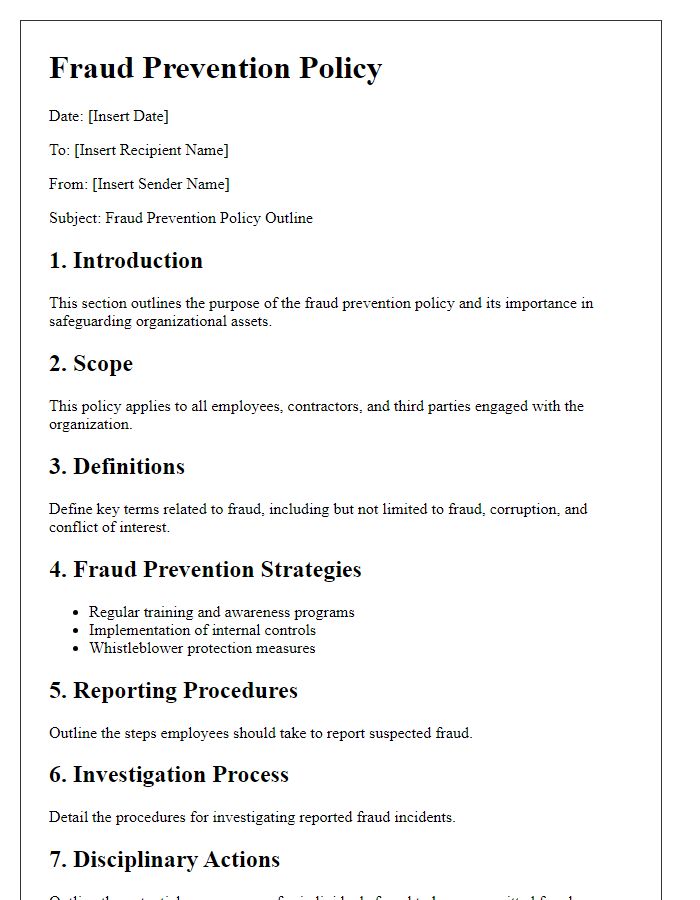In today's fast-paced world, protecting ourselves from fraud has never been more crucial. With technology advancing and scams becoming increasingly sophisticated, it's essential to stay informed and vigilant. By following a set of proactive fraud prevention guidelines, we can safeguard our personal information and finances. Ready to arm yourself with essential tips and insights? Keep reading to discover how you can fortify your defenses against fraud!

Legal Requirements
Fraud prevention guidelines must adhere to legal requirements established by federal and state laws. The Fair Credit Reporting Act mandates accurate reporting of consumer credit information and grants individuals the right to dispute inaccuracies. The Identity Theft and Assumption Deterrence Act addresses identity theft, criminalizing the unauthorized acquisition and use of personal information. Additionally, the Gramm-Leach-Bliley Act requires financial institutions to protect consumer information and disclose privacy practices. Compliance with the USA PATRIOT Act involves enhanced scrutiny of suspicious transactions to prevent money laundering and terrorism financing. Organizations must implement these legal frameworks to safeguard against fraud effectively.
Data Security Measures
Data security measures are crucial for preventing fraud in organizations. Implementing encryption protocols, such as AES (Advanced Encryption Standard) with a minimum key size of 256 bits, protects sensitive information during transmission and storage. Regular software updates for systems, including firewalls and antivirus programs, are essential for addressing vulnerabilities, as cyber threats evolve constantly. Multi-factor authentication (MFA), an additional layer of security requiring verification through text messages or authenticator apps, can significantly reduce unauthorized access. Employee training sessions on recognizing phishing attacks, which accounted for 74% of all data breaches in 2020, foster a culture of awareness. Auditing logs regularly might uncover potential fraudulent activities, with data analysis tools being instrumental for real-time monitoring. Secure access controls, enforcing the principle of least privilege, further protect critical systems and data from internal threats.
Employee Training
Comprehensive employee training programs are essential for fraud prevention within organizations, encompassing various strategies to mitigate risks. Employees should undergo workshops focusing on identifying suspicious behavior, understanding the use of secure passwords, and recognizing phishing attempts. Regularity of training sessions, ideally conducted quarterly, enhances vigilance among staff. Incorporating case studies of previous corporate fraud incidents (such as the infamous Enron scandal in 2001) bolsters awareness about the potential consequences of negligence. Role-playing scenarios can provide hands-on experience in handling suspected fraud situations effectively. Moreover, emphasizing the importance of reporting mechanisms, such as anonymous hotlines, allows employees to contribute actively to the organization's security measures, fostering a culture of integrity and accountability.
Reporting Procedures
Fraud prevention in organizations requires clear reporting procedures that ensure timely actions and protection of assets. Employees should be informed about the necessity of promptly reporting any suspicious activities or anomalies to designated authorities, such as the Internal Audit Department or Compliance Officer, who are responsible for investigating incidents. Reports can be submitted via a secure online whistleblower platform, telephone hotline, or in-person meetings, ensuring confidentiality and protection against retaliation. Regular training sessions, held bi-annually, can equip staff with the knowledge to recognize potential fraud indicators like unusual financial transactions or altered documents. Following established protocols, including documenting incidents with dates, times, and details, enables effective tracking and resolution of fraud cases, fostering a culture of integrity and vigilance within the organization.
Risk Assessment Strategies
Fraud prevention guidelines are essential for organizations to safeguard assets and ensure compliance with regulations. Effective risk assessment strategies involve identifying potential vulnerabilities within financial operations. Utilizing techniques such as the Fraud Triangle (which consists of opportunity, motivation, and rationalization) helps organizations understand the underlying factors that contribute to fraudulent behavior. Regular audits can highlight discrepancies in transactions or employee misconduct. Implementing a comprehensive whistleblower policy encourages employees to report suspicious activities safely. Ongoing employee training sessions about recognizing warning signs of fraud, coupled with the use of technology such as machine learning algorithms, can enhance monitoring of transactions for unusual patterns. Utilizing key performance indicators (KPIs) related to fraud can strengthen accountability across departments, ensuring a proactive approach to minimizing risks.













Comments